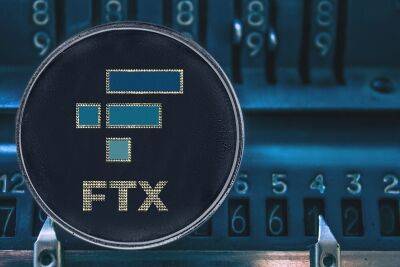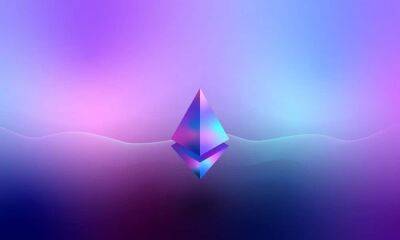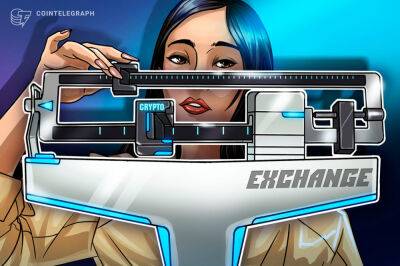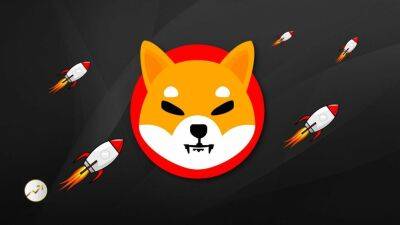Crypto gaming sucks — but devs can fix it
What we have today in terms of Web3 gaming is not working. Play-to-earn has not worked and neither will play-to-earn or any X-to/and-earn. On top of that, traditional gamers view nonfungible tokens (NFTs) with suspicion. They dunk on expensive apes and are skeptical of large game publishers applying the lipstick of NFTs for further monetization.
Nobody knows what a successful Web3 game will look like yet. To get there, we need more developers to experiment with more models. We need infrastructure that will lower the barriers to Web3 game development and make it easy for developers to experiment. That’s why it’s imperative to invest in developing the underlying infrastructure rather than getting carried away by the speculative hype.
The Web3 gaming infrastructure can be broken into two phases:
Across both development phases, Web3 gaming needs technical infrastructure (blockchains, analytics and toolings), financial infrastructure (marketplaces and launchpads) and a third category that cuts across both types of infrastructure, such as metaverse platforms and guilds.
Game developers have a wide range of options to choose from when deciding where and how to mint the game’s NFTs. Specialized gaming blockchains such as ImmutableX and Klaytn offer low-to-no gas fees and high throughput.
Many games are also setting up their own blockchains to enjoy maximum flexibility and scalability. Axie Infinity launched the Ronin sidechain, and DeFi Kingdoms has an Avalanche subnet called DFK Chain. However, launching an independent chain is not technically simple.
Emerging players like Saga are trying to capture this new demand by offering a simplified experience for developers seeking to launch their own chains.
In the future, besides building
Read more on cointelegraph.com











